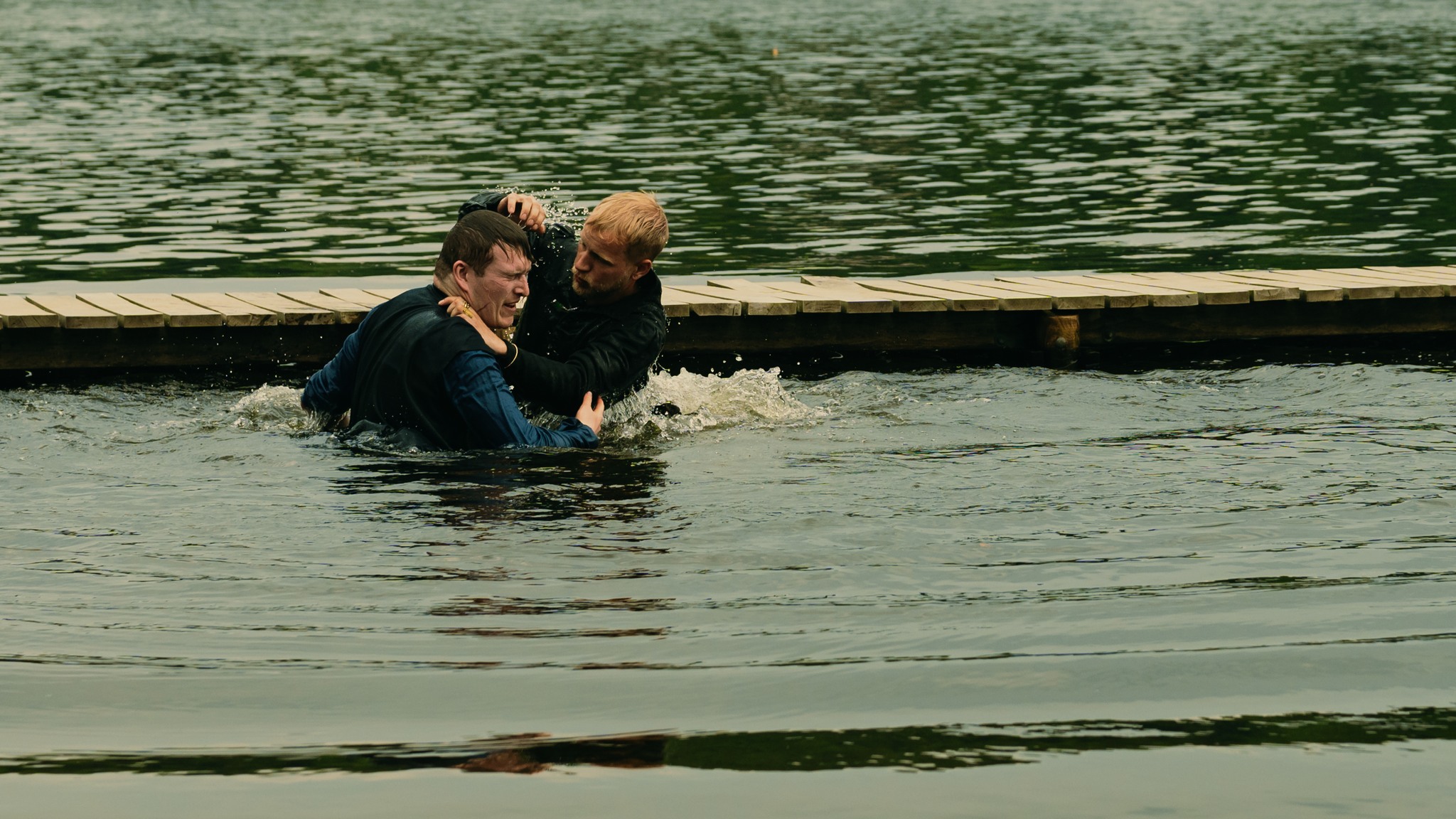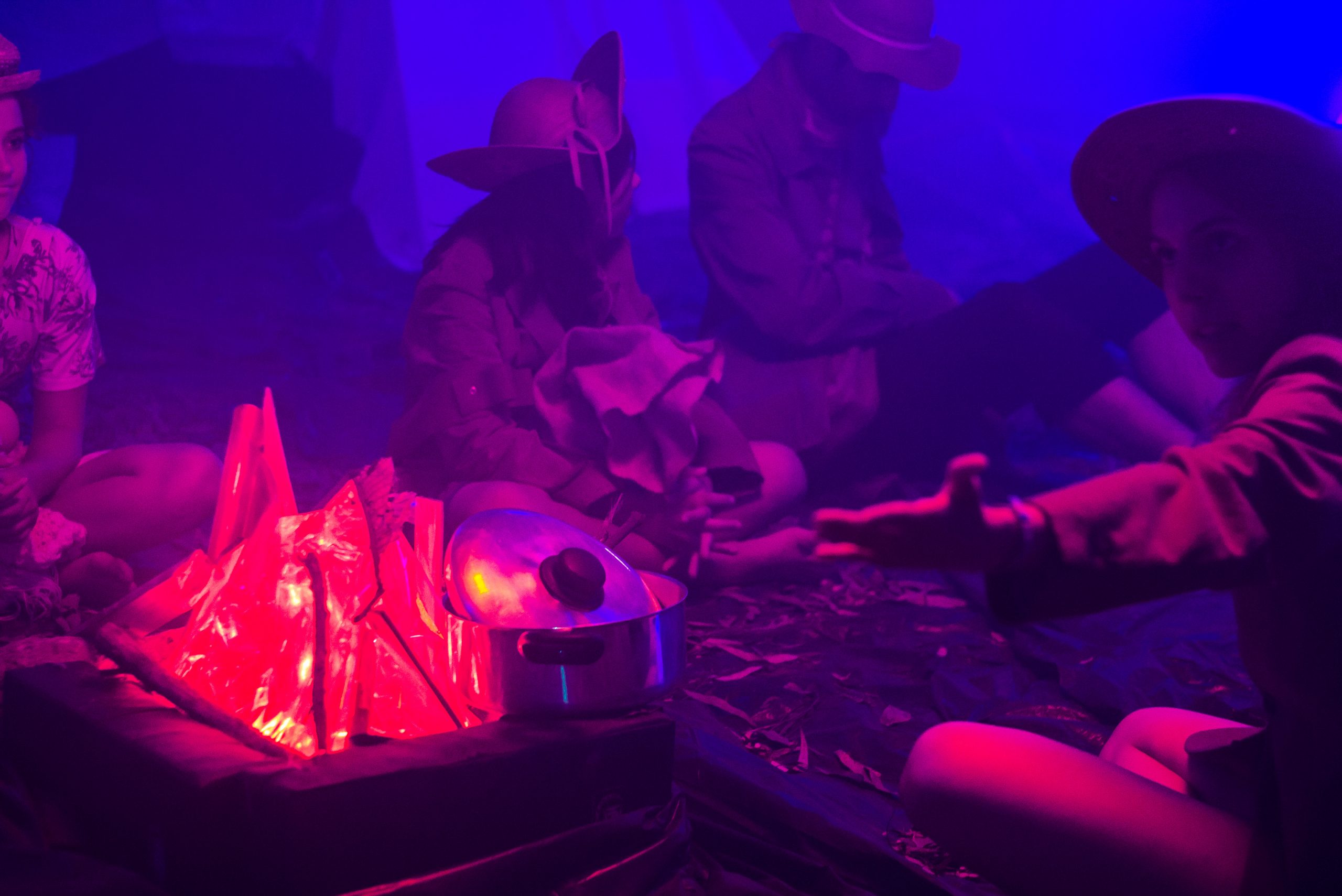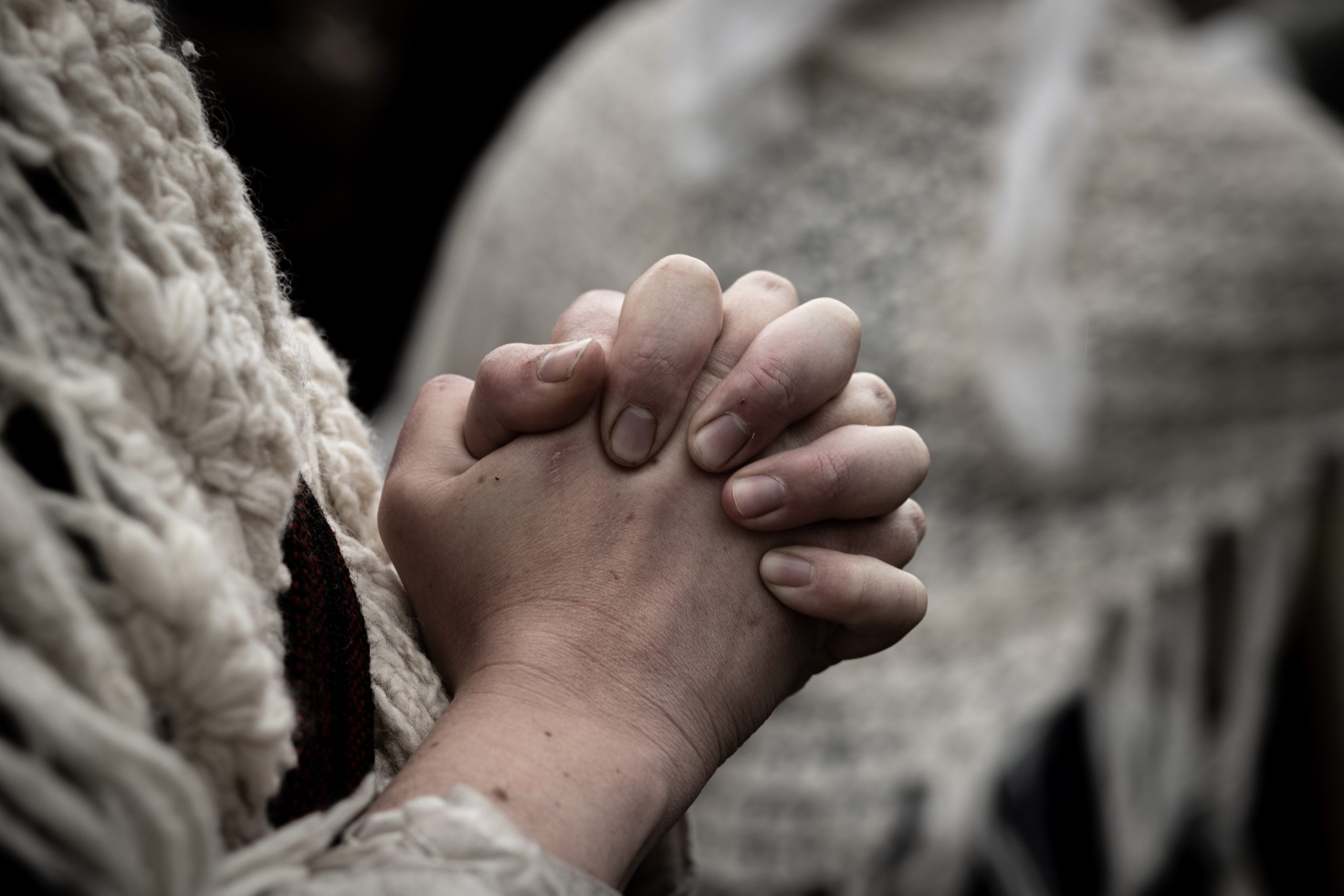Tag: Knutepunkt 2025
-

Performance and Audience in Larp
“When we larp, some of the time we are in a performing role, and some of the time in an audience role. And that is ok! It’s the same in real life, after all. We shouldn’t see this as larp falling short of an aesthetic ideal in which such concepts don’t apply. Larp doesn’t have…
-

Emotionally Pacing for Larps – How To Get the Best Rollercoaster Ride
“Pace yourself and pace your design. Intense emotional experiences become more available to you and more sustainable if you have variety to the intensity of your play, both as a designer and as an individual player.”
-

The Art-Larp Paradox
“In adapting larp practices to be suitable for artistic spaces and audiences, embodiment, and player agency is susceptible to compromise – potentially sacrificing the artistic essence of larp itself,” says Alex Brown.
-

Games Never Played: or Composting ‘The Antarcticans’
“If larp is a co-creative practice, one that cannot exist without its players, what do we call larps that were never played? And what do we do with them? Can we still give them a life outside of ourselves, and enjoy their unpredictability?”
-

Chronicle: “Daddy, tell me a story?”
“I went to the place where the larp would take place. And now I had a new story in my head, one that carried a lot of meaning. I had reconnected with my father. And on top of that, I had received a very valuable gift, one of those that cannot be bought.”
-

Christianity is an Immersion Closet
“Never, before the recent re-run of the larp Snapphaneland, had I had religious play as deeply immersive and moving.”
-

Learning from Bleed
How you can learn from bleed yourself, and how you design a larp in such a way that your participants can learn from their bleed, if they want to.
-

What Do Adult Participants Get Out of Larp? A qualitative survey based on SWORDCRAFT Australia
Knowing the answers to what motivates adults to spend time, money, and emotional energy on a game seemingly not valued, may provide insights into developing roleplay further as pedagogy beyond recreation.
-

Experiencing Art from Within
In Kaisa Kangas’s larp Hyvät museovieraat (Eng. Dear Museum Visitors), in the Amos Rex museum, artworks came alive and possessed the bodies of the participants.
